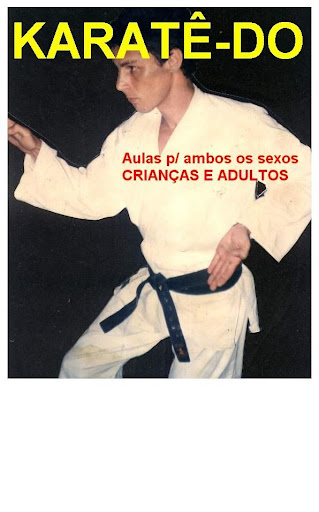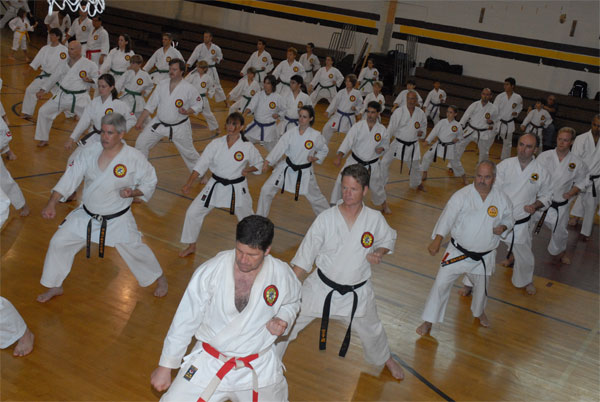


One of the more problematic manifestations of ‘values at play’ is playbour, a putting-to-work of play that recalls Agamben’s mourning the loss of ‘menuchah’, an inoperativity that is more than a means to prepare one for more work. This is done intentionally by serious games practitioners but also occurs independently of design goals. Computer games are today following a similar trajectory and have gone from being a leisure activity to becoming a competitive activity, “esports”, with professional players, international competitions, and live streams that are watched by tens of millions of viewers.Īs media objects, video games are imbued with values held by their makers.

Cross-country skiing is an example of an activity that has gone through a historical process of sportification, over time becoming progressively more managed and regulated. Many sport researchers, (sport) historians and (sport) sociologists have pointed out that sports have gone through a process of “sportification”. Most classical sports originally developed from physical practices of moving the human body and these practices were, through standardization, organization and rationalization, turned into sports. Between on the one hand work and on the other hand leisure and play, we enter the domain of games and sports. Simultaneously, becoming one of the best in some particular leisure activity can require many long hours of hard, demanding work. Contemporary images of desirable work (for example at gaming companies or at one of the tech giants) foregrounds creativity and incorporates and idealises elements of play.


 0 kommentar(er)
0 kommentar(er)
